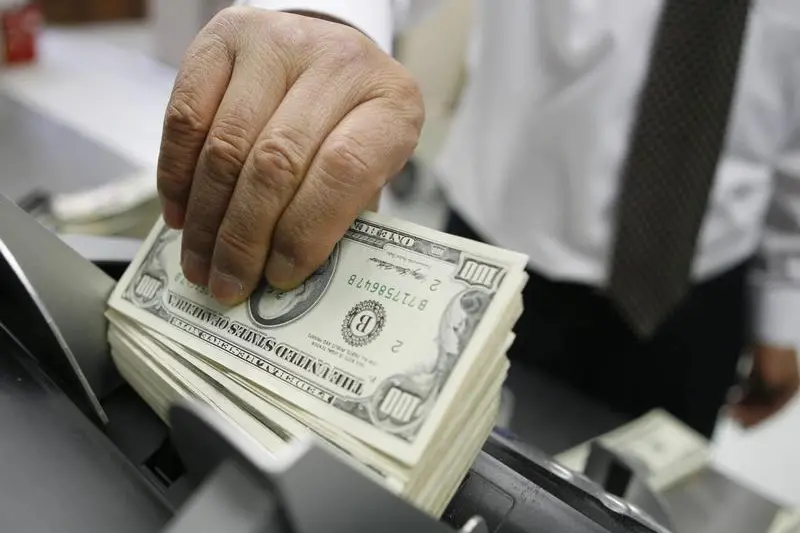PHOTO
SINGAPORE - The dollar eased slightly versus other major currencies on Monday after Federal Reserve officials expressed caution over the global growth outlook, prompting traders to reassess the pace of future U.S. interest rate increases.
The greenback has enjoyed a strong run this year thanks to the Fed's steady policy tightening on the back of a robust economy and rising wage pressures. A fourth rate hike for this year is expected next month and policy makers had indicated two more by June 2019.
But comments on Friday by Richard Clarida, the Fed's newly appointed vice chair, put to the test market expectations for a steady pace of tightening. Clarida cautioned about a slowdown in global growth, saying "that's something that is going to be relevant" for the outlook for the U.S. economy.
Federal Reserve Bank of Dallas President Robert Kaplan, in a separate interview with Fox Business, also said he is seeing a growth slowdown in Europe and China.
The comments may hint that the Fed is set to slow down its pace of monetary tightening and led some traders to question whether the dollar's rally was nearing its end, with the benchmark U.S. 10 year treasury yields pulling back slightly.
New York Fed President John Williams will speak later on Monday and traders would be waiting to see if he echoes the same theme as his colleagues.
"The market has definitely interpreted these statements as dovish. However, the Fed has always remained data dependent and to that extent, this should not come as a surprise," said Michael McCarthy, chief markets strategist at CMC Markets.
The dollar index, a gauge of its value versus six major peers, traded marginally weaker at 96.45, adding to a decline of 0.5 percent on Friday. The dollar index had hit a 16-month high of 97.69 on Nov. 12.
The yen was fetching 112.68 on the dollar, up slightly on the day. The dollar lost 0.9 percent versus the yen last week as traders rushed into the safe-haven Japanese currency on concerns over U.S.-Sino trade tensions and political risks in Europe around Brexit and the Italian budget.
The euro dipped 0.1 percent in Asian trade, changing hands at $1.1403, having advanced over the last four trading sessions despite weaker economic fundamentals.
The single currency has gained 2.7 percent versus the pound since Nov. 13 as uncertainty over a smooth Brexit deal remains at the forefront.
"Euro has traded almost exclusively on anti-dollar flows and risk appetite and we expect the same this week as the currency looks past any weakness in Germany's PPI report or eurozone PMIs," said Kathy Lien, managing director of currency strategy at BK Asset Management.
The British pound wobbled at $1.2832, having come under heavy selling last week amid turmoil over British Prime Minister Theresa May's draft Brexit plan.
The currency is expected to remain under pressure until the market gets more clarity on the progress of the Brexit deal, CMC Markets' McCarthy said.
In the days since May unveiled a draft EU divorce deal, May's premiership has been thrust into crisis. Several ministers, including her Brexit minister, have resigned and some of her lawmakers are seeking to oust her.
With both pro-EU and pro-Brexit lawmakers unhappy with the draft agreement, it is not clear she will be able to win the backing of parliament for it, raising the risk Britain leaves the EU without a deal.
The Australian dollar traded down 0.2 percent at $0.7317 as U.S.-Sino trade tensions showed no signs of abating.
China is Australia's largest trade partner and any negative sentiment affecting the world's second biggest economy tends to undermine the Aussie.
(Reporting by Vatsal Srivastava Editing by Shri Navaratnam and Kim Coghill)
© Reuters News 2018












